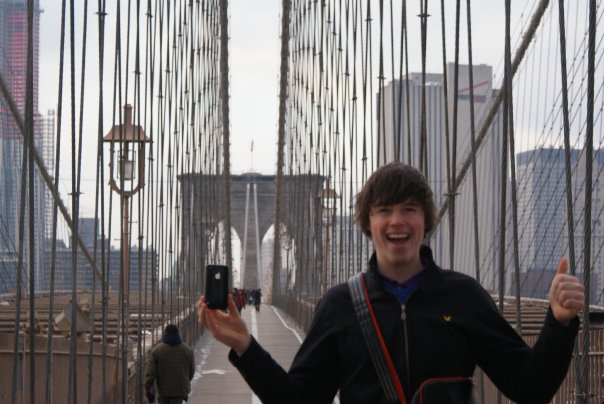Here are some shots we used and ones which will definately be inlcluded in our final piece:
-Mid shot
The mid shot shows the character in detail, but yet still shows enough for the audience to feel like they are looking at the whole person. This is basically seeing a person "in the flesh" if you were having a normal conversation. This shot is how you would see a character out of your own eyes, so it's a good shot in establishing a character and emphasise features or expressions in large amounts of detail.
-Close up
A close-up frames a person or an object, displaying the most detail of a character or an object, but does not include the wider scene. Moving in to the close up shot can be used by the zoom method on the camera. We used a close up without the zoom capabilities on the camera in our preliminary task because we were advised that it makes the shot look worse especailly with the limited capabilities that the camera's we used had. We used the close up technique when doors are being used, it emphasises the handles and creates tension, something which is key in any thriller.
-Point of View Shot
The clue is in the name here, basically the point of view shot is what the character is looking at from his/her point of view. It is normally done by being positioned between a shot of a character looking at something, and a shot showing the character's reaction.
-Panning
Panning is a horizontal movement or rotation of the camera. Panning a camera results in a motion similar to that of someone looking from side to side or shaking their head.
-Tracking
A tracking shot is where the camera is mounted on a platform that is pushed on rails while the picture is being taken. Considering we were limited on equipment, we attempted to create this effect by using 1 person filming sitting on a chair, and the other to push the cameraman along. Considering the lack of equipment we had available, the tracking shot came out well. Possibly not quite as well as in the music video for 'Vampire Weekend's' song 'cousins': http://www.youtube.com/watch?v=1e0u11rgd9Q
-Over the Shoulder Shot

A shot where the camera is focused over the shoulder of the character to show where they are moving to and what they are seeing along the way, it is that simple yet incredibly effective. It usually follows an establishing shot which helps the audience place the characters in their setting.
-Shot Reverse Shot
The shot basically shows character 1 looking at character 2, then character 2 looking at character 1, showing the two characters facing in opposite directions looking at each other. This is used to establish a connection between two characters.
It was this variety of shots which helped our preliminary become so effective.



No comments:
Post a Comment